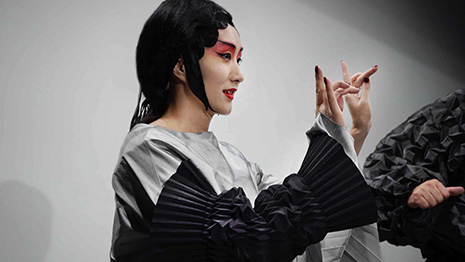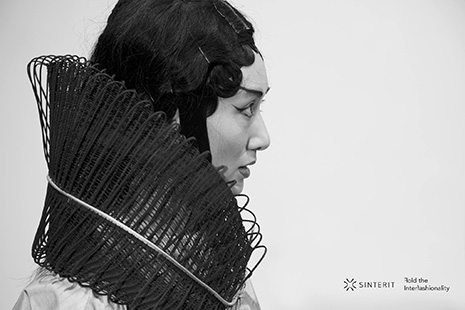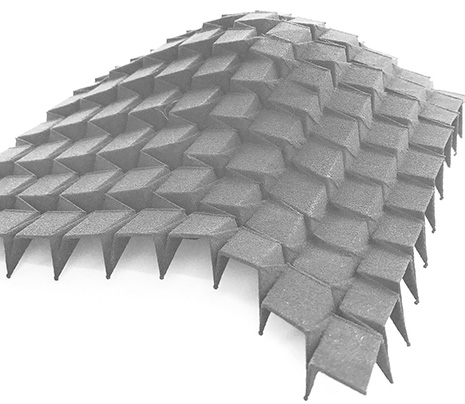
The 3D printed costumes keeps the same shape and form of traditional costumes but with a contemporary aesthetic
Bringing together 3D printing with traditional Eastern pleating, PhD researchers from the Royal College of Art have created pioneering costumes for Beijing Opera performers.
The 3D printed parts have been printed using an SLS (selective laser sintering) technique from 3D printers Sinterit. This Sinterit Lisa machine has allowed for pleated and woven garments that are as soft and pliable as textiles.
The costumes were designed using a parametric algorithm to translate a traditional pleating structure which can be applied to print the parts.

The intention of this project is to see how digitally printed garments inform the performance
According to the RCA researchers, in contrast to popular 3D printed fashion that is often rigid and acts like body architecture, the costumes created using this new system are soft and moveable.
The researchers’ ultimate aim for the project is to radically challenge cultural thinking about fashion, textiles and its performance.

The texture of the 3D printed textiles move away from heavily embroidered traditional costumes
The costumes will be on display during a week-long exhibition at the RCA from 28 November to 3 December 2017 with a performance of ‘Farewell My Concubine’ taking place on Friday 1 December at 20:00.
Below is a video of the Beijing Opera performers wearing these new costumes, which will be premiered on 1 December at the RCA.






